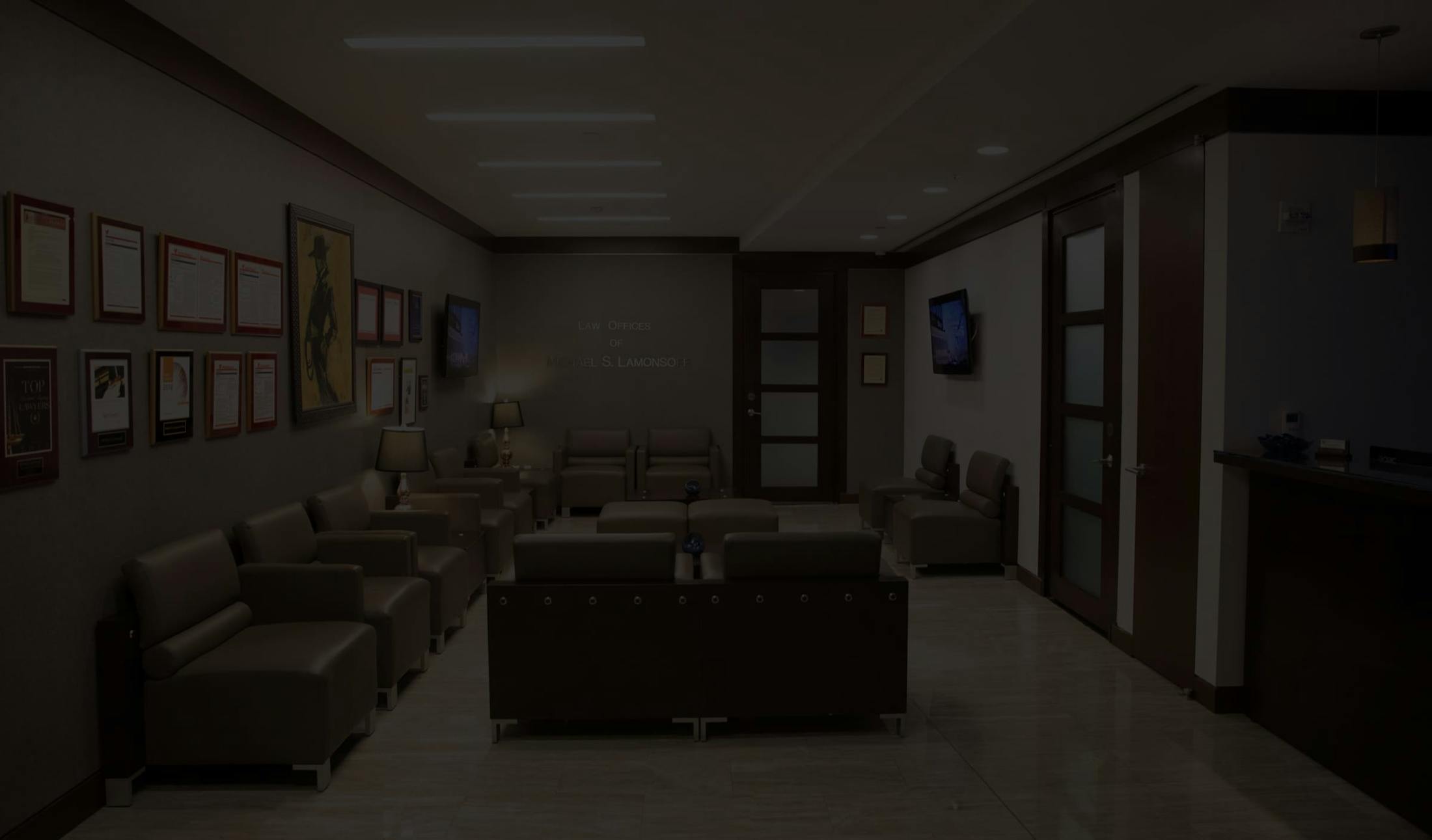Our Top-Rated NYC Bulldozer Accident Lawyer Will Fight to Maximize Your Compensation
If you or a loved one has been injured in a bulldozer accident in New York City, you need an attorney who won’t back down — and Michael S. Lamonsoff, Esq., “The Bull,” is that attorney. With over $500 million recovered in settlements and verdicts and a proven record of winning construction accident cases, including a record $37 million award in a construction injury lawsuit, he has achieved an awe-inspiring reputation.
With 150+ years of combined litigation experience at The Law Offices of Michael S. Lamonsoff, PLLC, we have what it takes to level the playing field against large construction companies and their insurance providers. Don’t settle for less. Get “The Bull” on your side to recover the highest possible compensation for your injuries and losses.




